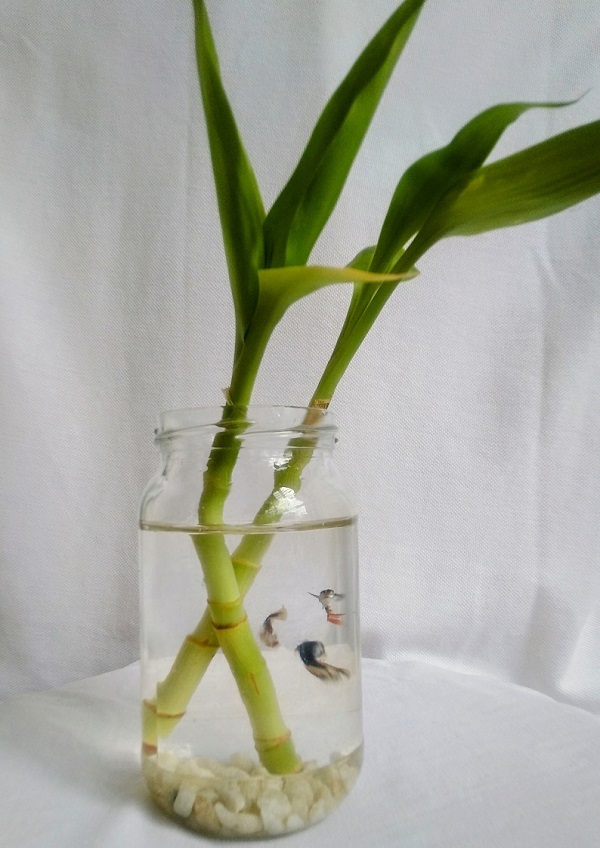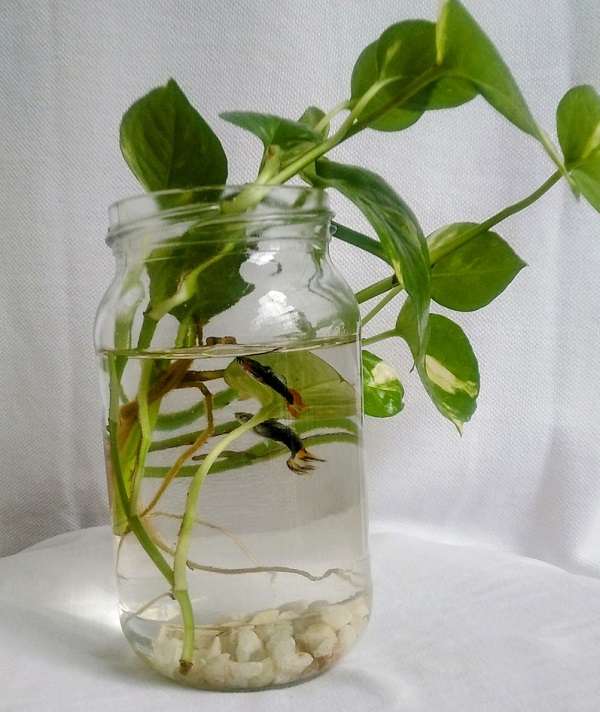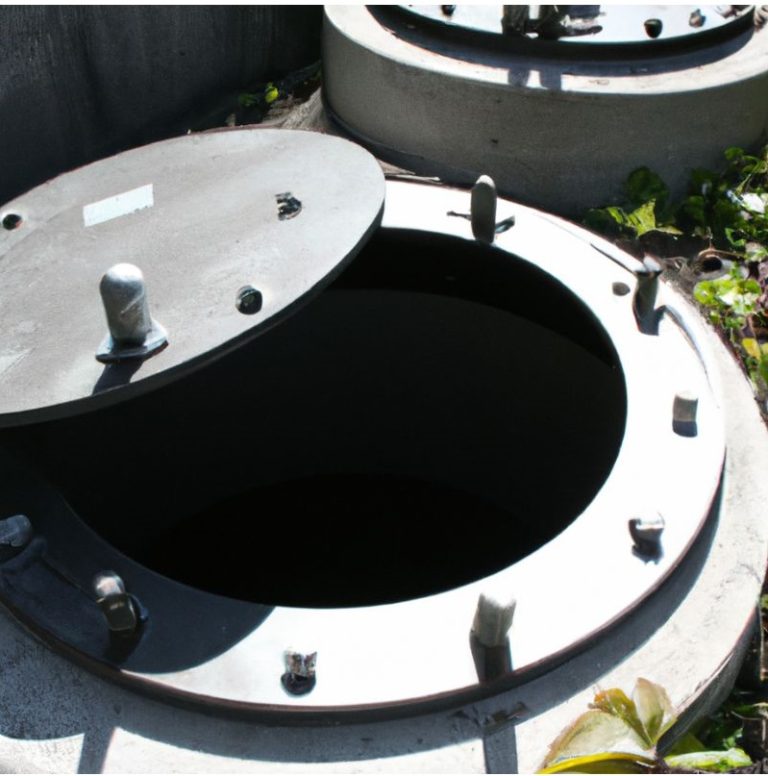Creating a DIY aquarium for mosquito prevention is a simple and eco-friendly way to keep your outdoor spaces mosquito-free while adding a touch of natural beauty to your home. By setting up a small aquarium with mosquito-eating fish, such as guppies or goldfish, you can effectively reduce mosquito populations in standing water. This natural method eliminates the need for harmful chemicals and promotes a balanced ecosystem. Plus, it’s easy to maintain and can be a fun project for anyone looking to make their backyard both functional and aesthetically pleasing. With a little effort, you can create a sustainable solution that benefits both you and the environment.
There are high risks of mosquito-borne diseases including dengue and malaria in areas of the world with a tropical climate. Mosquitoes, which are capable of spreading illnesses, get favorable conditions like suitable temperatures and stagnant water to thrive there. As a result, they cause a massive spread of deadly diseases. And, it is excruciatingly difficult to get rid of them from homes.
However, there can be an amazing eco-friendly way to keep mosquitoes at bay from our houses and enhance the beauty of the home environment. A DIY aquarium, Just a simple glass jar can help in achieving this! Small carnivorous pet fish in an aquarium would cause mosquito eggs and larvae growing in the water to be consumed by the fish, which would noticeably reduce the number of pestering mosquitoes in the house. A suitable plant
would both add to the beauty and absorb nitrogenous wastes produced by the fish. This would keep the water clean for longer, and also release some oxygen to purify the air around it.
How to make a DIY aquarium?
The process of making a DIY aquarium should be simple and sustainable. It should involve reusing materials and minimizing wastage which are hazardous for the environment.
Therefore, we select a suitable jar for making DIY aquarium, preferably possessing a capacity of 500g, which would be easy to clean. We put a handful of small white aquarium-stones inside it, and spread those evenly onto the inner surface of the bottom of the jar. Next, we pour enough tap water into it so that the amount of water it contains is the maximum, but at the same time, has the largest surface area which can be achieved with this quantity of water. This would assist in the maximum diffusion of oxygen from the air into the water for the fish to breathe in. The aquarium is ready! Now, we add the plant and the fish as the finishing touch.
What kind of fish and plant would be fitting for the aquarium?
Small but vibrantly-coloured guppies, as the top choice! I would advise keeping a maximum number of two to three guppies. This would allow enough space for them to move freely in the limited space, making the micro-environment look less clumsy.
As for plants, there’s absolutely no need for hunting for rare aquarium residents. Indoor plants having roots well-adapted to survive in water, are more than enough! There are pothos, there’s lucky bamboo, philodendrons and many more widely-available ones to choose from.
Would looking after them be really troublesome?
Not at all! The guppies should be fed with only a few grains of fish-feed containing carbohydrate and protein, three times a day. Even feeding them twice daily suffices once or twice in a week.
Too much extra food is left uneaten by the fish, which favors the growth of bacteria and fungi on the leftovers. These microorganisms would then respire and release carbon dioxide. This would increase the levels of carbon dioxide in the environment of the aquarium, along with the carbon dioxide excreted by the fish. It would increase the
likelihood of suffocation of the guppies. Besides, bacterial and fungal diseases might infect the fish themselves.
Remember again that it’s a decoration-piece that you’re dealing with, so it should be pleasant to visualize the tiny guppies skittering about in their watery habitat, with sparkling stones gazing up at them. For this reason, the water should not be allowed to stay translucent. Whenever the loss of transparency gets dissatisfactory, the water should be changed with tap water that looks clear.
Speaking of the plant, it already has plenty of water available around its roots for taking up by the process of osmosis. And, because the fish produce nitrogenous wastes, the plants face no lack of nitrates. As a result, it can absorb the nitrates in the water through its roots via active transport for synthesizing the proteins that are vital for its growth.
Substituting old water with clean water is also beneficial for the plant, because it decreases the chance of plant-parts under the water being decomposed by microbes.
The corner of the house containing this wonderful showpiece should be allowed enough light, because the plant is alive, remember? Do ensure that some of the leaves remain submerged in the water, so that the oxygen released by them suffices the aqua habitat.

Are the fish absolutely necessary for DIY aquarium?
It is not essential to keep live fish along with plants to biologically control mosquitoes.
Sometimes, only the plant might be enough to keep mosquitoes away, while still being a decoration-piece. We all know of the legendary citronella, and how its fragrance is hated by mosquitoes. However, even some specific plants in empty glass jars containing tap water are avoided by the mosquitoes. While these insects habitually lay their eggs in stagnant water, where their larvae hatch, plants like the purple heart plant (tradescantia pallida) secrete some sort of chemicals which are either not liked by mosquitoes or are toxic to them or their larvae. I have my own experience of witnessing this. As a result, a jar with water that contains a purple heart plant shows no signs of mosquito larvae.
Conclusion
Illnesses caused and spread by mosquito bites are very serious, and are always causes of concern for people living in countries close to the equator since the death tolls from mosquito-borne diseases are very high. In their continuous struggle to prevent
disease-bearing mosquitoes from thriving, they can apply the concept of jar-aquarium at home. This would save the environment as well.




